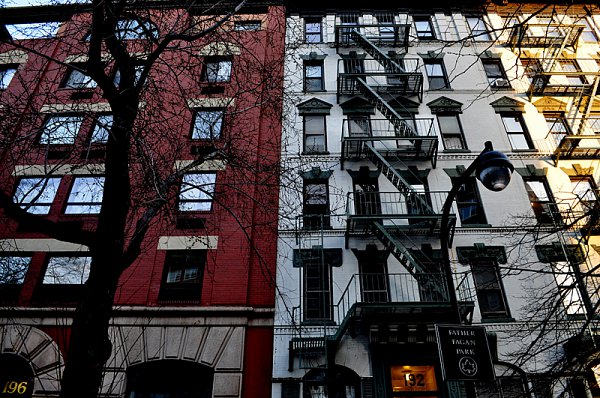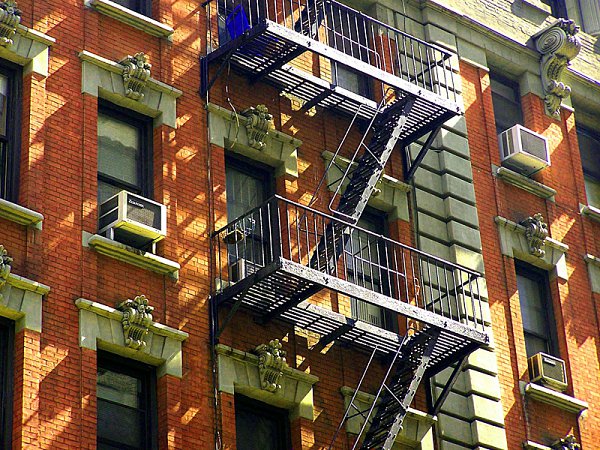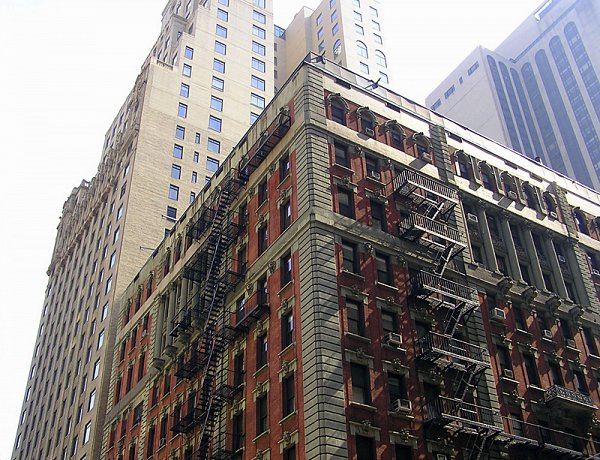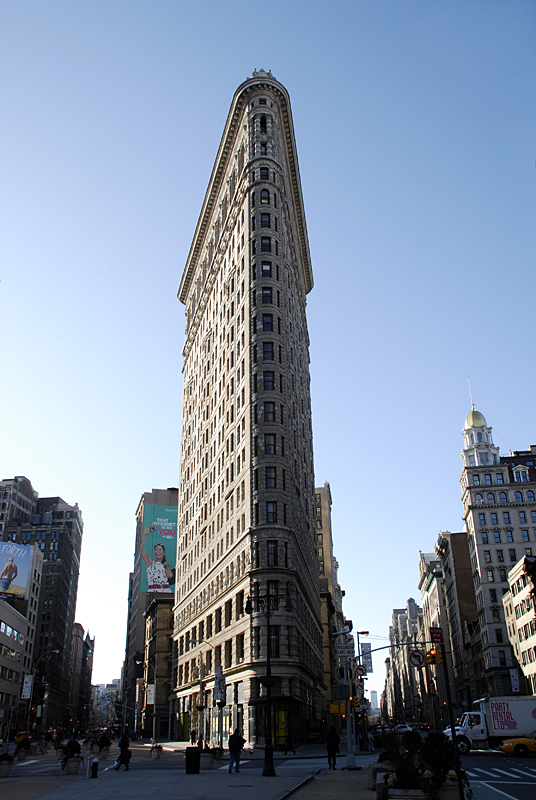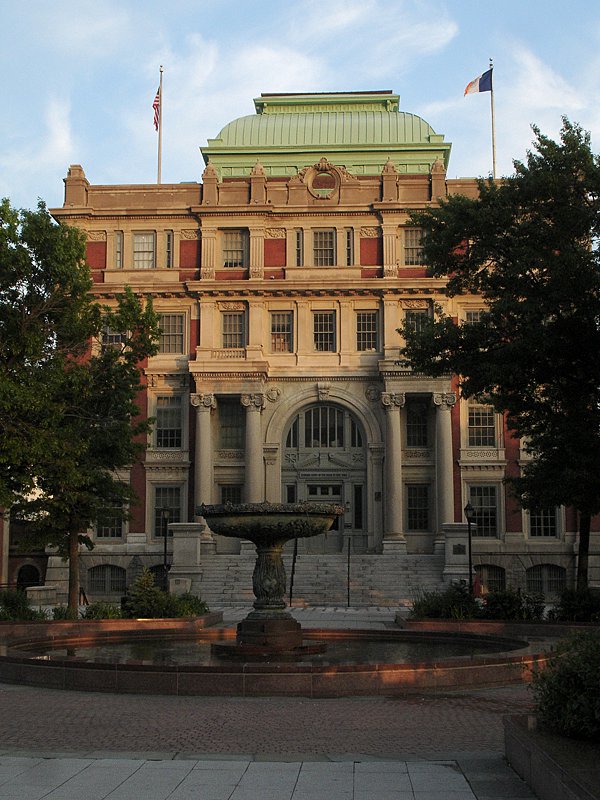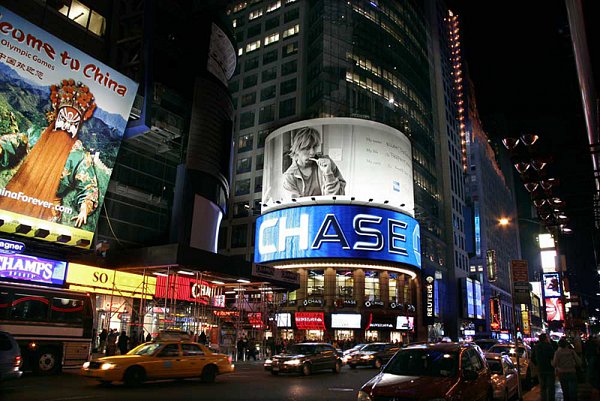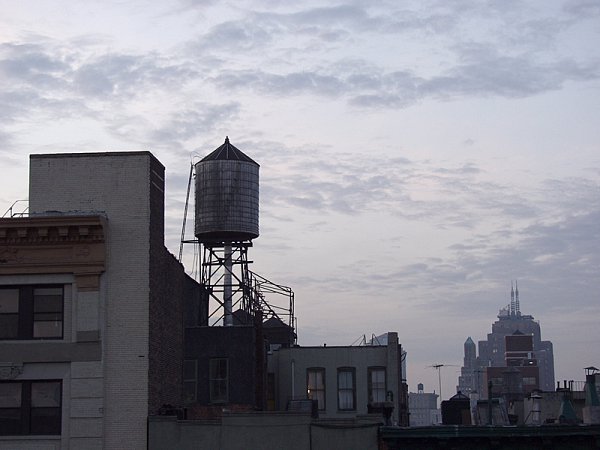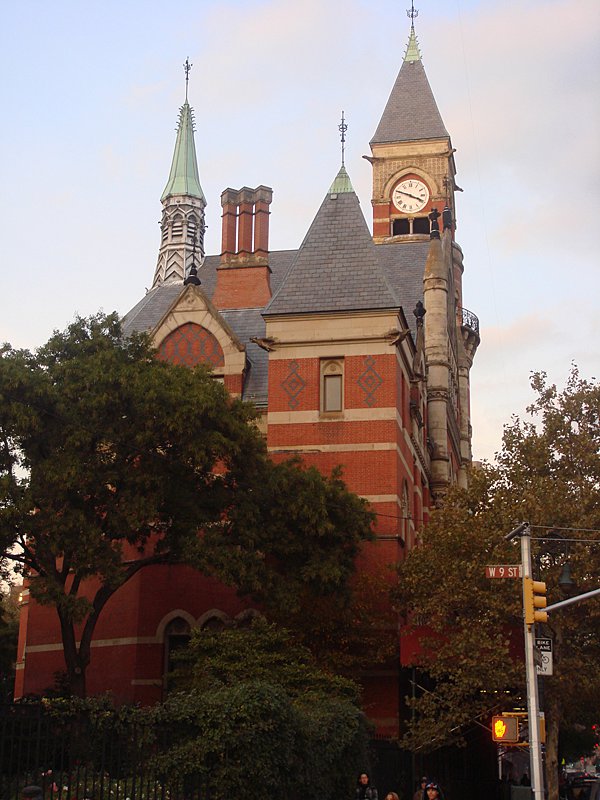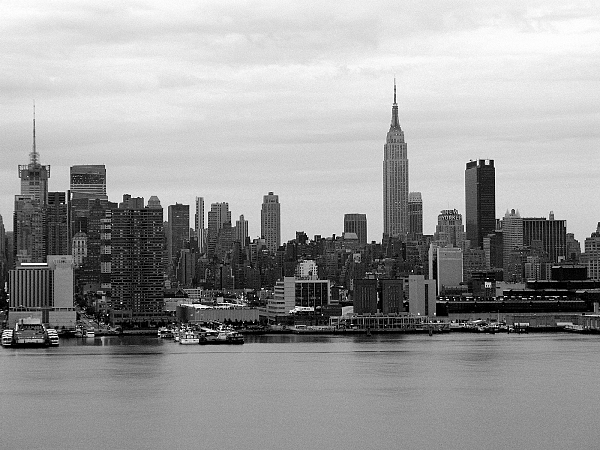Manhattan's skyline with its many skyscrapers is universally recognized, and the city has been home to several of the tallest buildings in the world. As of 2011, New York City had 5,937 high-rise buildings, of which 550 completed structures were at least 330 feet (100 m) high, both second in the world after Hong Kong, with over 50 completed skyscrapers taller than 656 feet (200 m). These include the Woolworth Building (1913), an early gothic revival skyscraper built with massively scaled gothic detailing. New York has 56 skyscrapers over 200 meters tall.
The 1916 Zoning Resolution required setbacks in new buildings, and restricted towers to a percentage of the lot size, to allow sunlight to reach the streets below. The Art Deco style of the Chrysler Building (1930) and Empire State Building (1931), with their tapered tops and steel spires, reflected the zoning requirements. The buildings have distinctive ornamentation, such as the eagles at the corners of the 61st floor on the Chrysler Building, and are considered some of the finest examples of the Art Deco style. A highly influential example of the international style in the United States is the Seagram Building (1957), distinctive for its façade using visible bronze-toned I-beams to evoke the building's structure. The Condé Nast Building (2000) is a prominent example of green design in American skyscrapers and has received an award from the American Institute of Architects as well as AIA New York State for its design.
The character of New York's large residential districts is often defined by the elegant brownstone rowhouses and townhouses and shabby tenements that were built during a period of rapid expansion from 1870 to 1930. In contrast, New York City also has neighborhoods that are less densely populated and feature free-standing dwellings. In neighborhoods such as Riverdale (in the Bronx), Ditmas Park (in Brooklyn), and Douglaston (in Queens), large single-family homes are common in various architectural styles such as Tudor Revival and Victorian.
